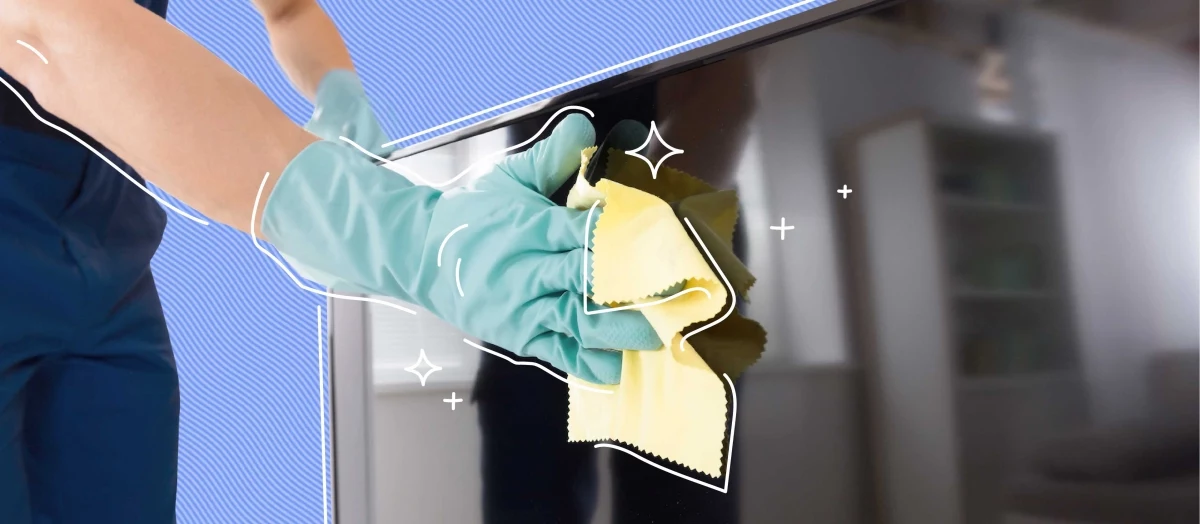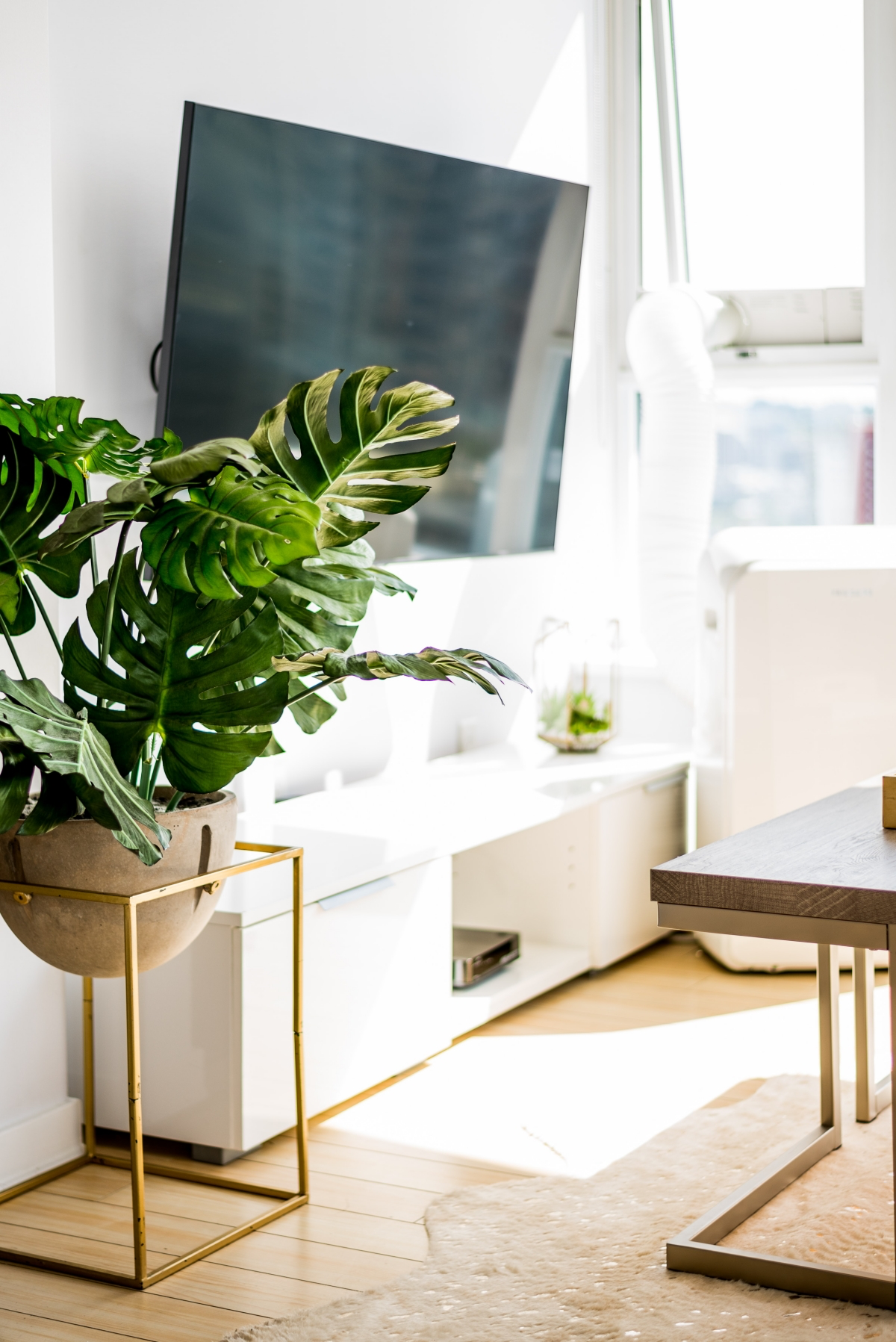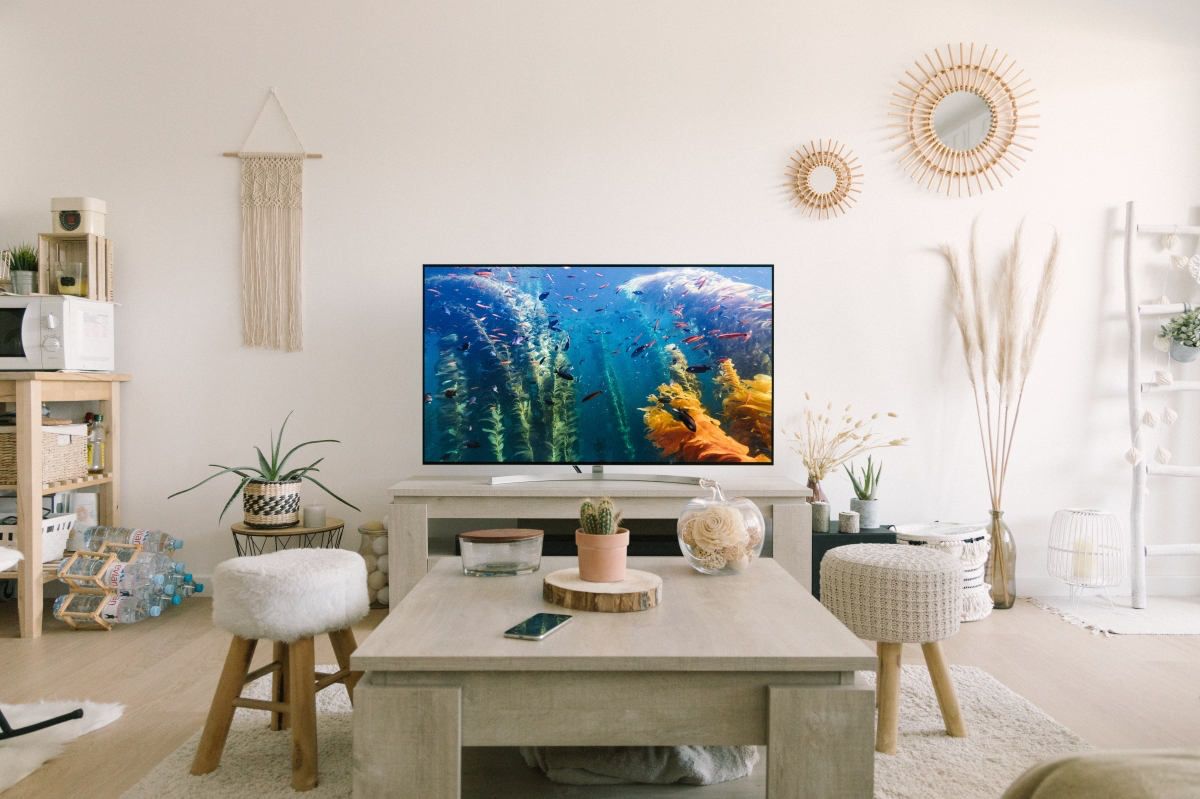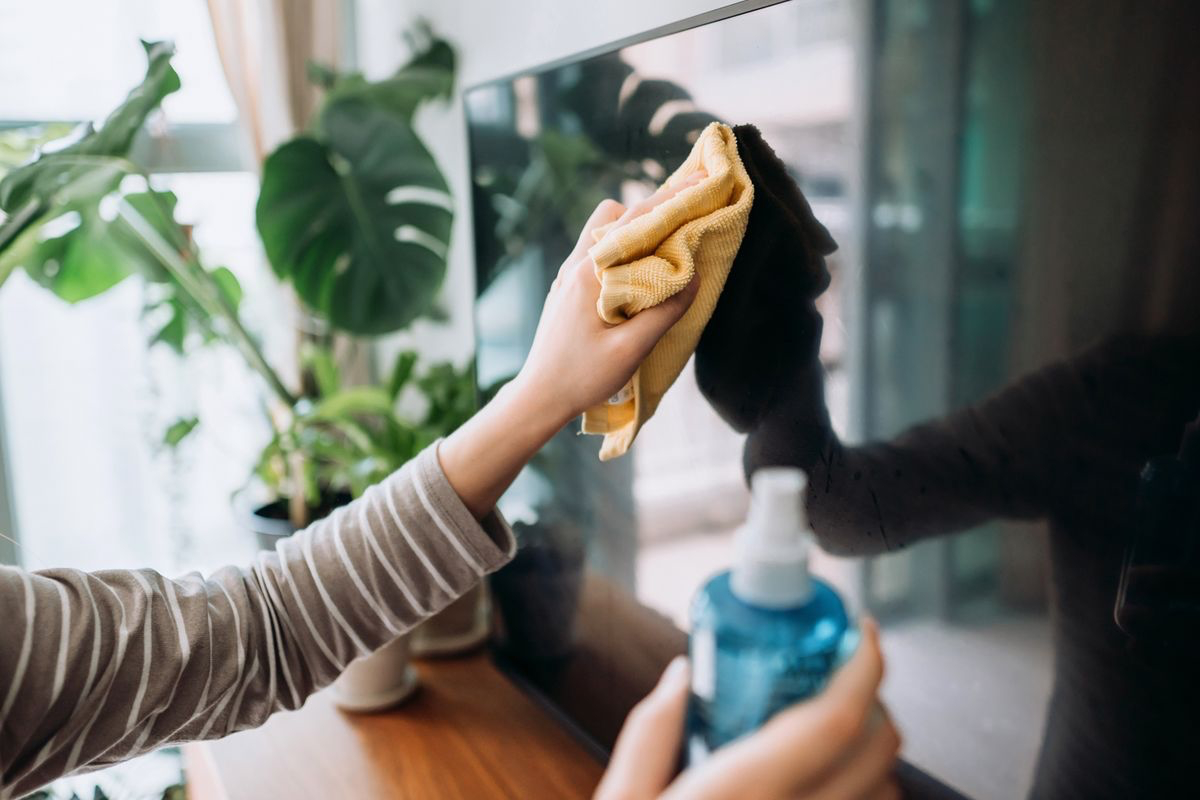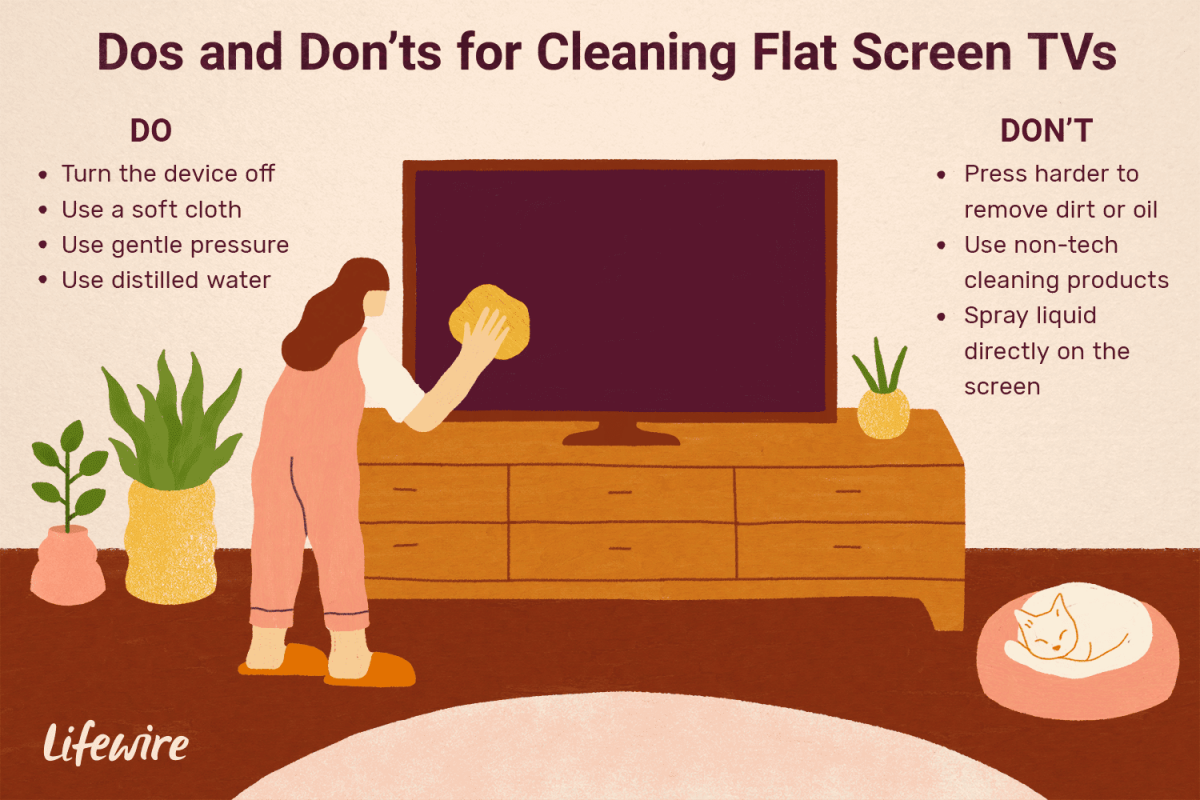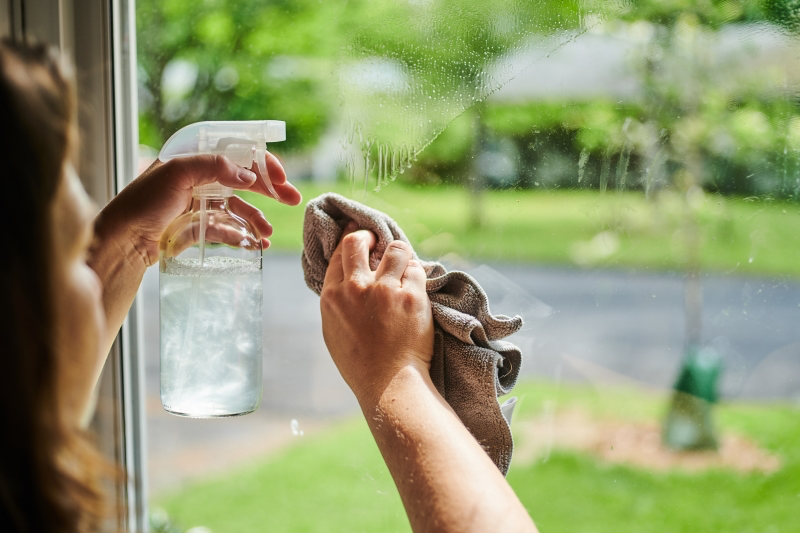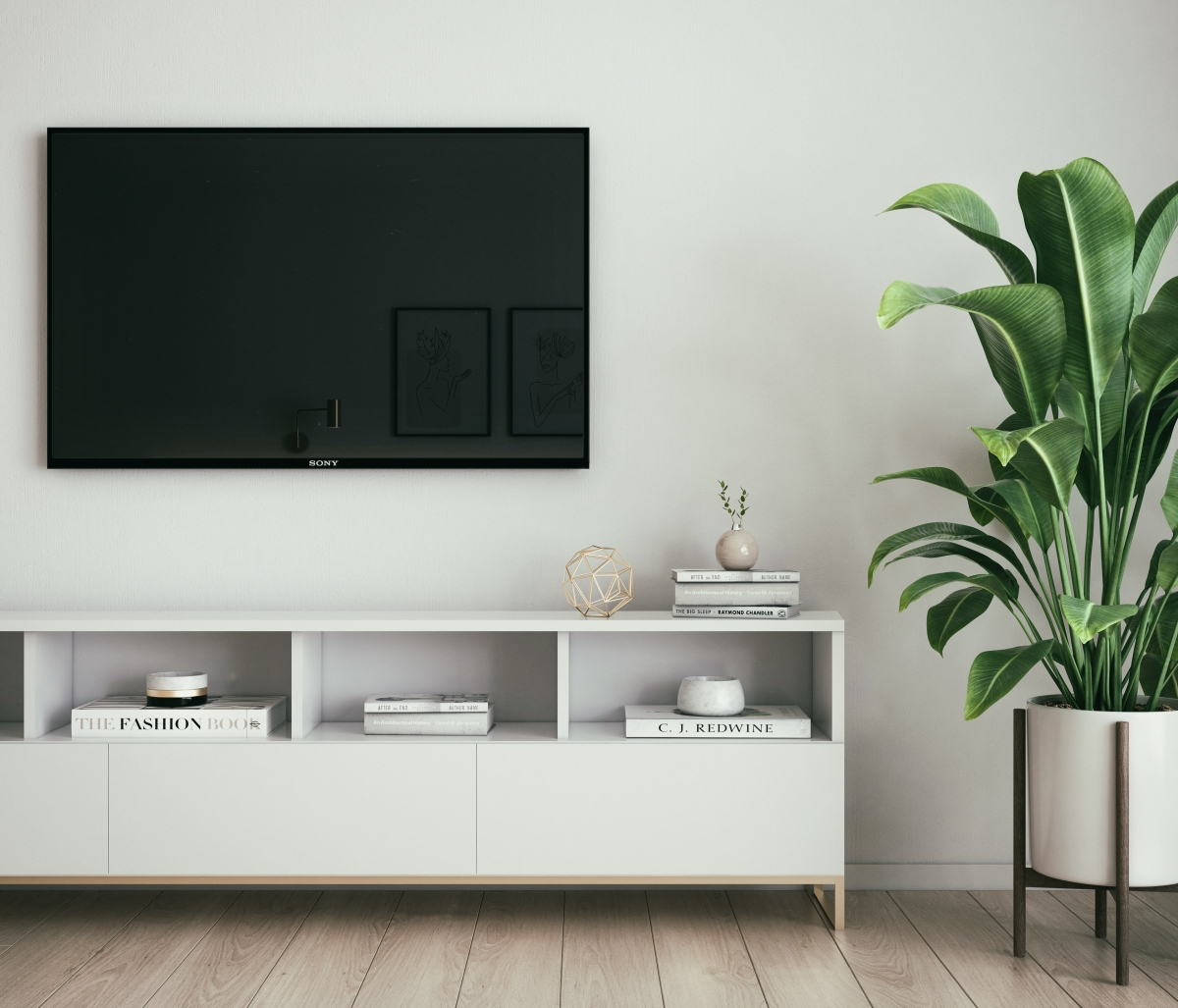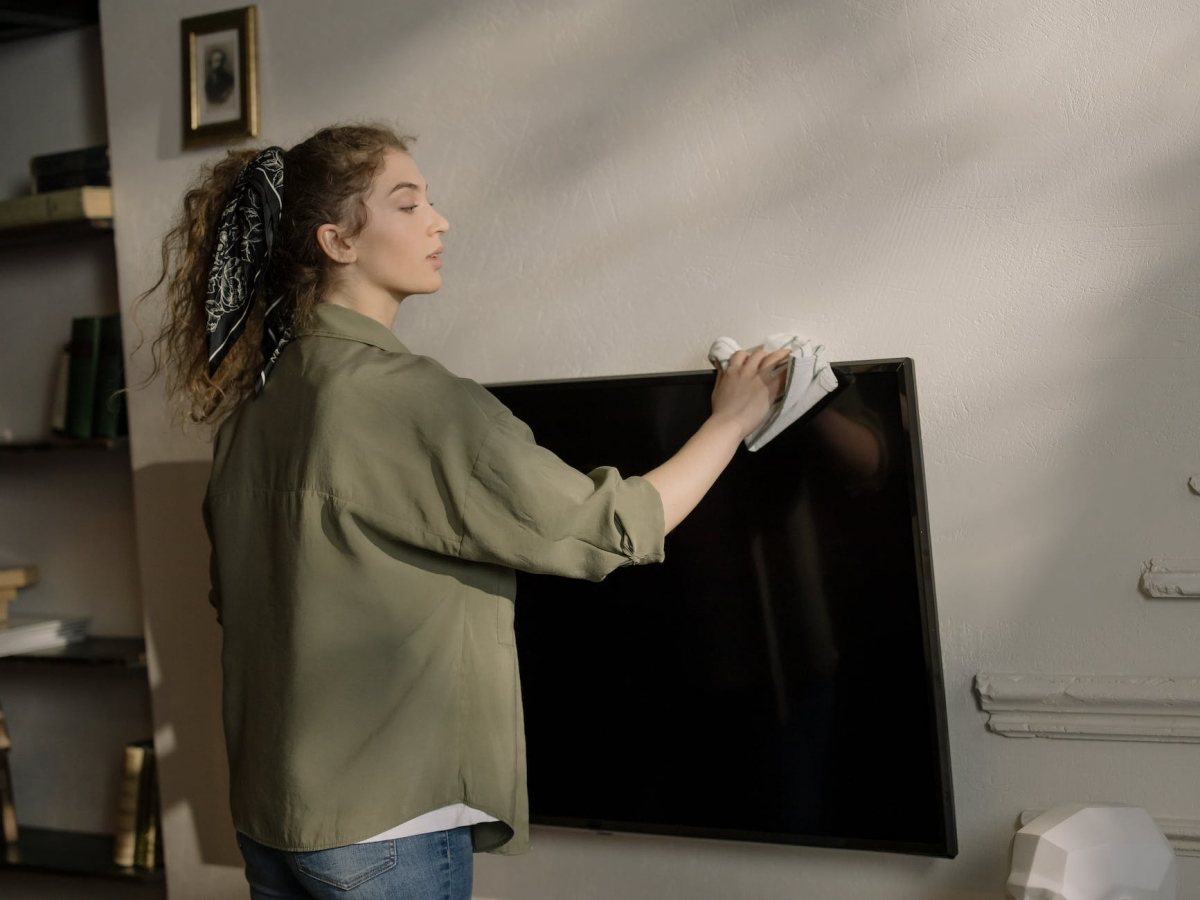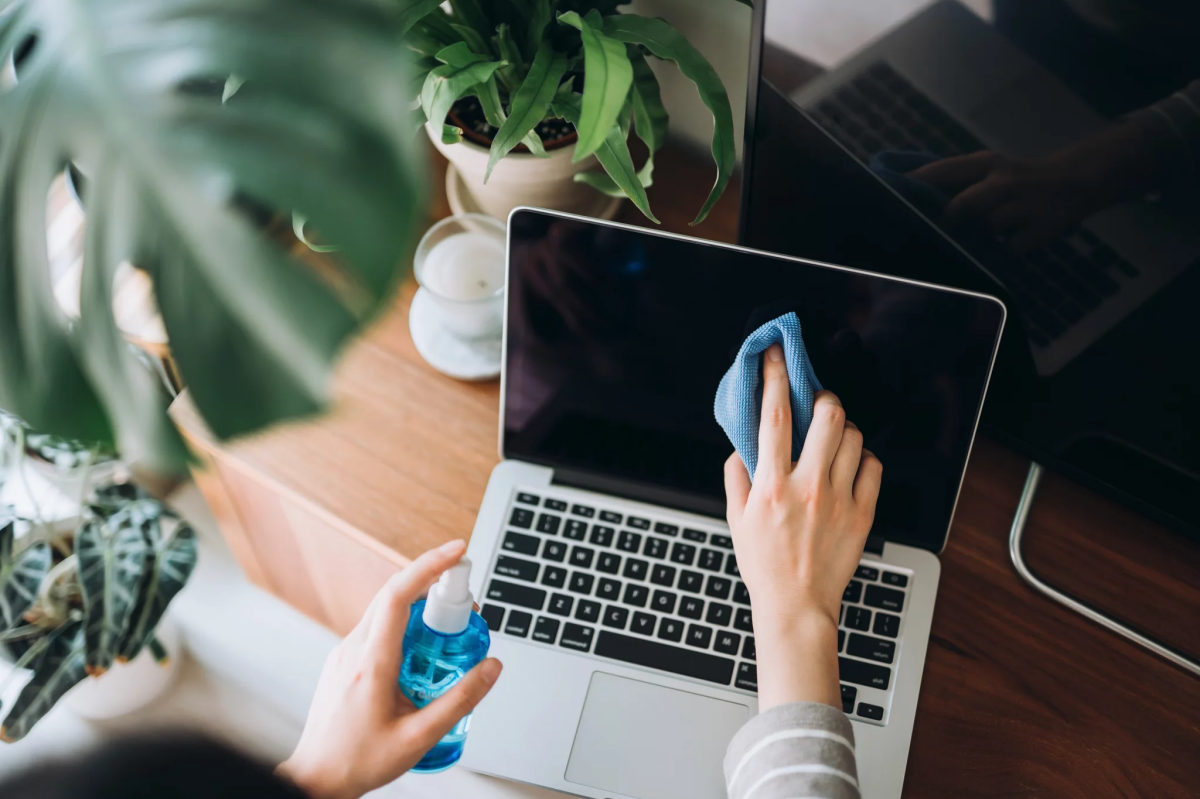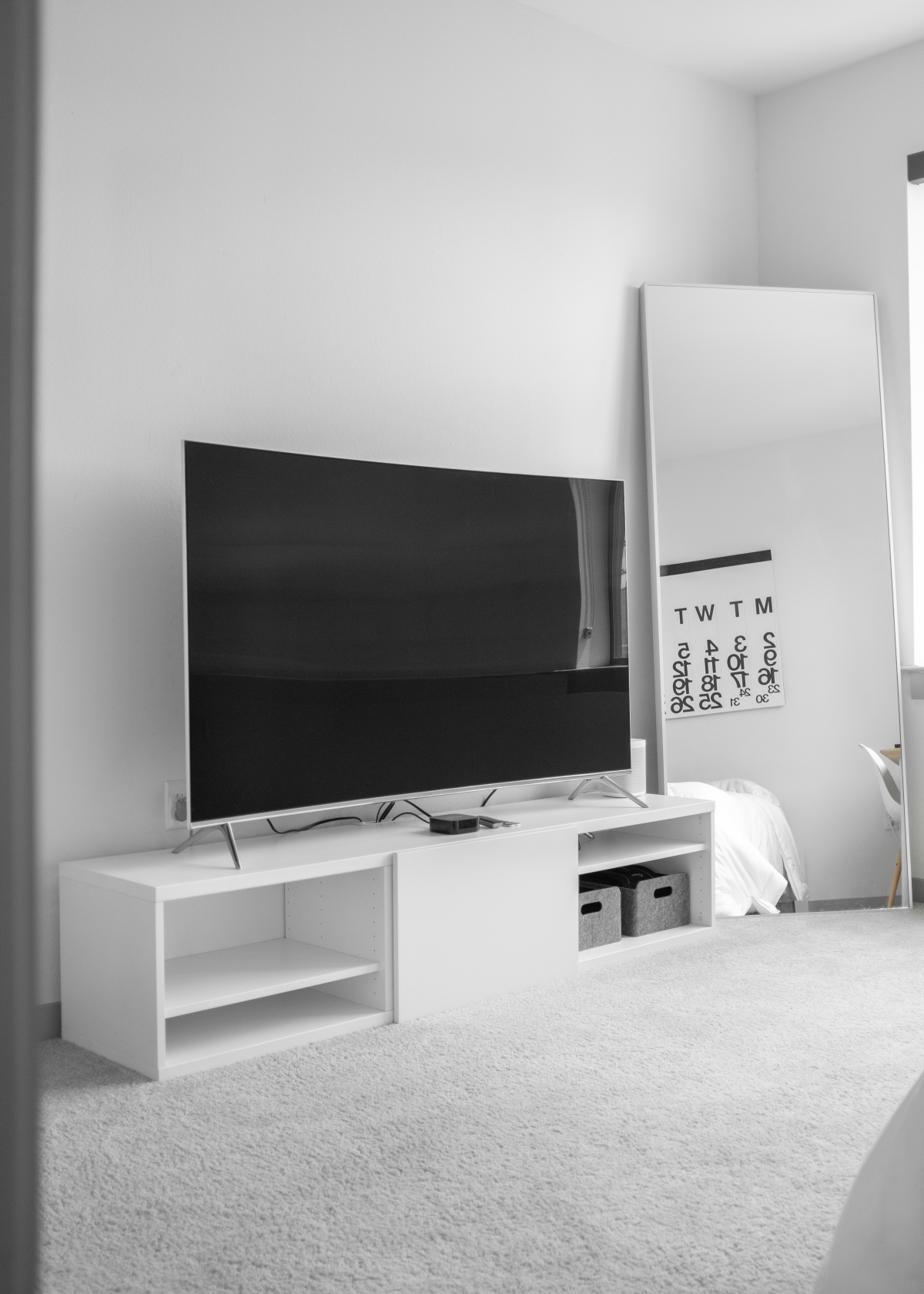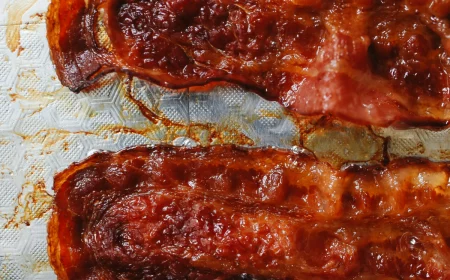How to Clean Your TV Screen Without Leaving Any Streaks
Do you know how to clean your TV screen without leaving any streaks and dust? To capture every second of your favorite show, you will need a TV screen that is free of dust, dirt, and fingerprints. The TV screens in our homes aren’t just big – they are a big investment. And with all the technology in today’s latest and greatest TVs, it is super important to know how to properly clean them and how often to do it. Using the wrong cleaning method can cause permanent damage and void any warranty that may still be in effect, so you need to be very careful. However, this is actually not as complicated as you might think. Here is what experts say is the best way to clean any kind of flat-screen TV without ruining it or leaving annoying little streaks:
In this guide, we will teach you how to clean your TV screen without leaving any streaks
This will protect your investment, and give you a crystal clear picture
In this article
How to Clean Your TV Screen Without Leaving Any Streaks
Tip: Before you start any cleaning, remember to always check and follow the manufacturer’s cleaning instructions. This is especially important if your TV is still under warranty. After all, you don’t do anything that could damage it. Usually more delicate LCD, plasma and rear projection screens require more special care.
Before you clean your TV screen, read the manufacturer’s cleaning instructions
What you will need:
- A microfiber cloth – No matter what type of TV you have, you will need a dry microfiber cloth that is designed to clean and remove stains from glasses, cell phones, and camera lenses.
- A pre-moistened electronics cloth (or a high-quality spray for screens) – If you don’t have a high-quality monitor and window spray, you are better off with dry cleaning. You can also make a spray by mixing distilled water and white vinegar in a 50:50 ratio. Never spray the cleaning solution it directly on the TV screen! Instead, you should moisten a microfiber cloth and then wipe the screen.
- A vacuum attachment
Remember to never spray the cleaning solution it directly on the TV screen
Step-by-step instructions:
- First, turn off the TV. It is easier to see and remove streaks and dirt when the screen is black.
- Then remove any dust. Use a soft, dry microfiber cloth designed to gently clean and remove smudges from glasses, cell phones and camera lenses.
- Spot Cleaning. Experts recommend using a pre-moistened electronics wipe to gently remove stains from your TV screen. Never (we repeat, never!) spray anything directly on the screen. This can damage it.
- Wipe twice. To clean your TV without leaving streaks, wipe the screen first in one direction (horizontally or vertically), then wipe it a second time in the opposite direction. Flip or fold the cloth frequently to avoid pushing up the dust.
- With a microfiber cloth or duster, go over the back of the TV to clean dust from the vents. Or use the soft dusting brush for a vacuum cleaner and low suction to remove dust from all vents, ports, and cable connections.
- Clean the TV remote. Although the cleanliness of the remote control won’t affect viewing, still don’t miss it and clean it thoroughly with disinfecting wipes.
Expert tip: Avoid using pre-treated dust cloths. They have greasy finishes that are great for collecting dust on wood furniture, but can leave deposits on your TV screen.
Here are the Dos and Don’ts of TV cleaning
How do you clean an older TV model that isn’t plasma?
Cleaning an old TV is as easy as cleaning the mirrors in your home. Here is what you will need to do:
What you will need:
- a microfiber cloth
- a window cleaner spray
Step-by-step process:
- Wipe the TV screen with a microfiber cleaning cloth dampened with a little water or your favorite window cleaner spray. Never spray the screen directly as this can damage it.
- Then dry the screen.
You can use window cleaner for your older model TV
How often should I clean the TV?
Clean your TV every week, to prevent dust and fingerprints from accumulating. You should also clean the remote control, too, especially after someone in the family has been ill.
Try to clean your TV screen every week for a crystal clear picture
Tips and Tricks
- Plasma screens, although made of glass, have anti-reflective coatings that can be damaged by traditional cleaning products. That is why, it is best to follow the dry method.
- Clean your TV once a week so dust and fingerprints don’t build up and become harder to remove.
- Make it cleaning even easier by keeping a microfiber cloth nearby to remove dust and dirt as soon as you see it.
- Stay away from products containing ammonia, alcohol, or acetone. They can damage your TV screen.
Keep a microfiber cloth nearby and clean your screen occasionally
These tips and tricks also work for your phone, laptop and computer screens
Now you know how to actually clean your TV screen safely. You want to protect your big investments, so reading the manufacturer’s cleaning instructions is a great starting point. Follow these simple tips and tricks to ensure that your TV is handled properly, and you always have a crystal clear picture!
Now you know how to actually clean your TV screen properly!
